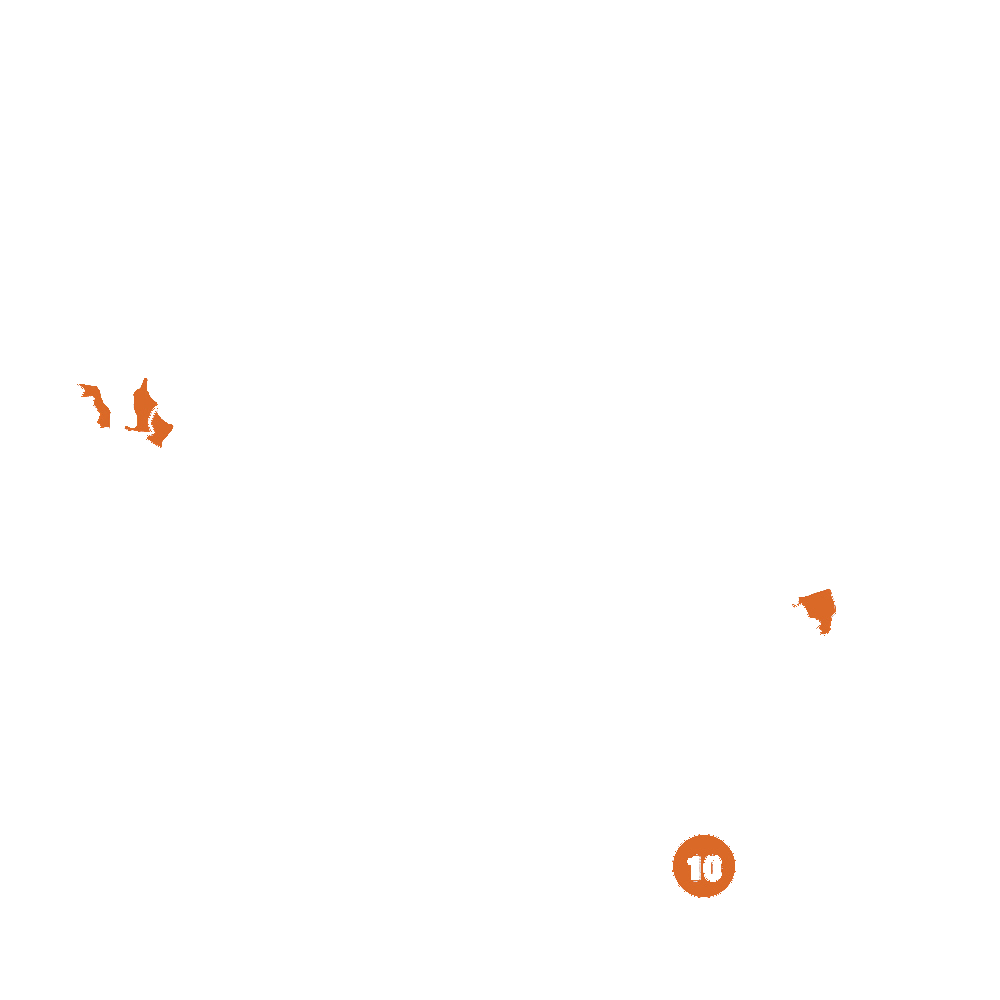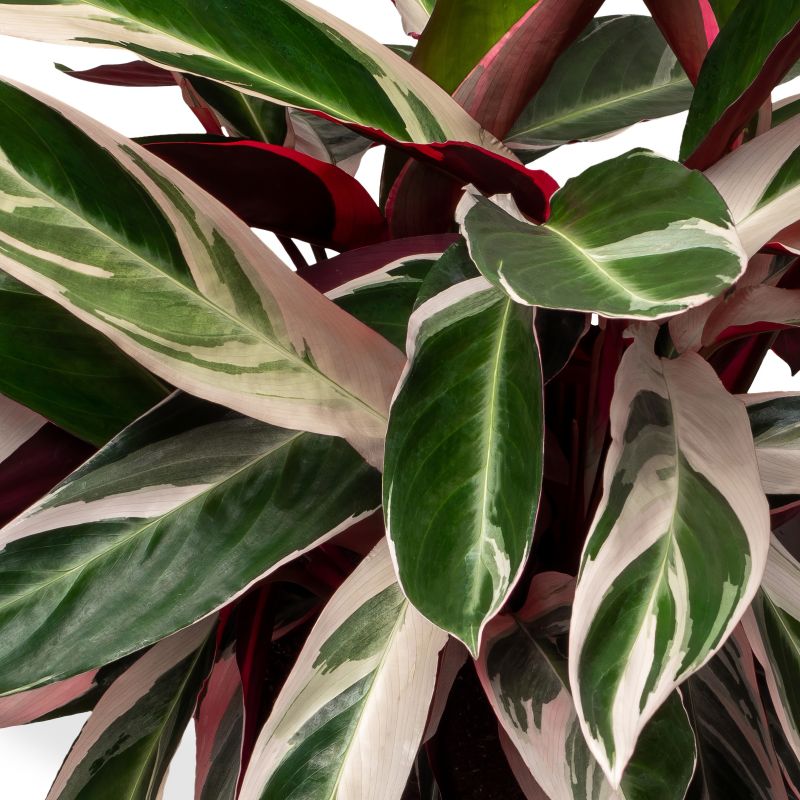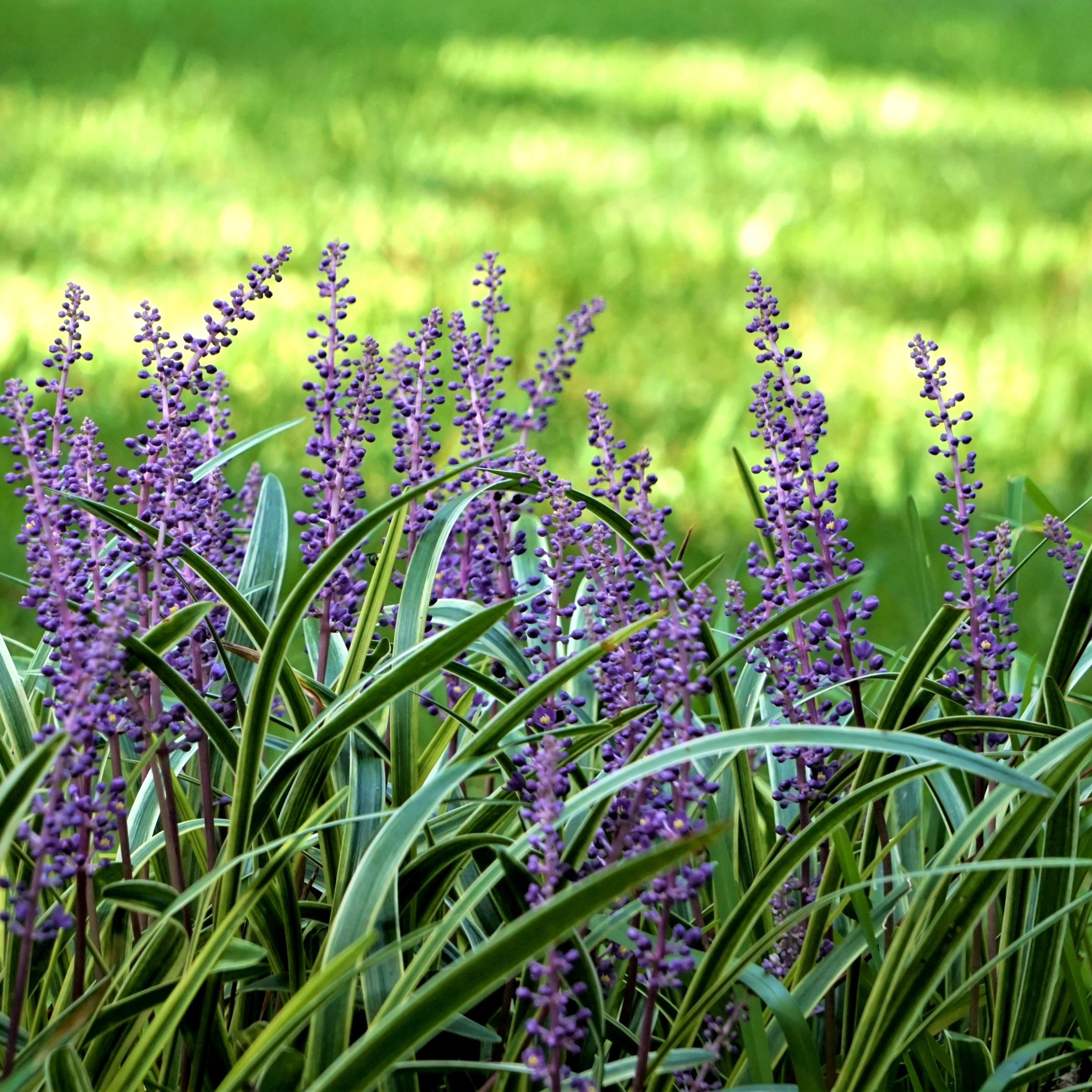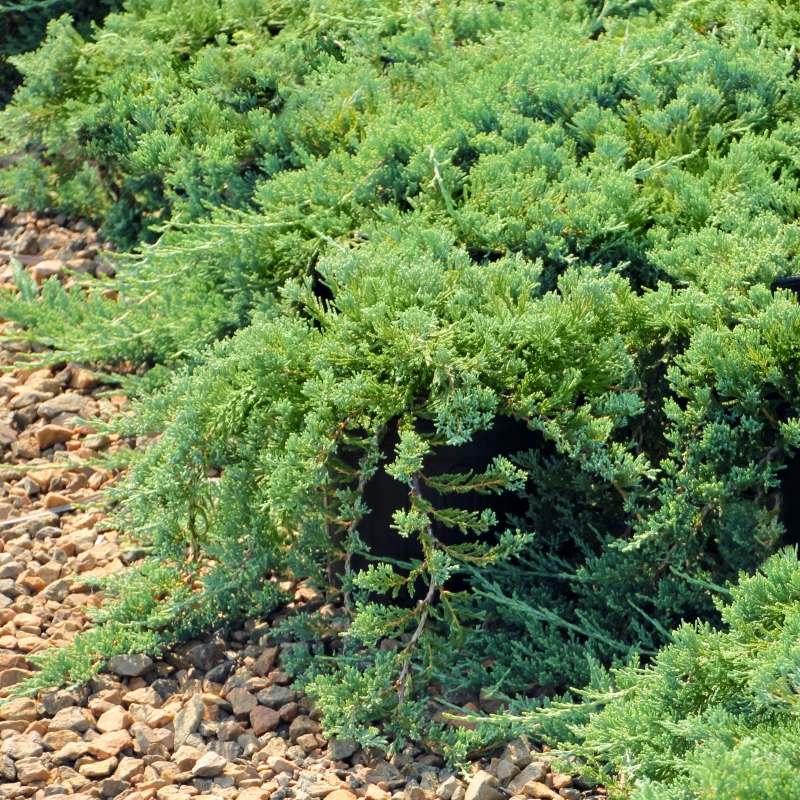

Neptune Catmint
Nepeta kubanica 'Bokratune'
16 reviews


Neptune Catmint
Nepeta kubanica 'Bokratune'
16 reviews
$0.00
$0.00
30% Off
1 Gallon
We are sorry, product is currently out of stock due to seasonal availability. Please check the "Related plants available in your area" section below
Why Neptune Catmint?
The Neptune Catmint is a beautiful and low-maintenance perennial that produces lavender-blue flowers that attract pollinators. It can grow up to 24 inches tall and wide, and its dark green leaves release a lovely fragrance when brushed. It thrives in full sun to partial shade and well-drained soil and is perfect for borders, rock gardens, or containers. Additionally, the Neptune Catmint is resistant to deer and rabbits, making it a perfect choice for animal-infested areas.
Related plants available in your area
Sunlight
Neptune Catmint thrives in full sunlight, requiring at least six to eight hours of direct sunlight per day to promote healthy growth and flowering.
Watering
The watering requirement for Neptune Catmint (Nepeta x faassenii 'Neptune') is moderate. It should be watered regularly, allowing the soil to dry slightly between waterings. Avoid overwatering to prevent root rot.
Fertilizing
Neptune Catmint requires a balanced fertilizer with equal parts nitrogen, phosphorus, and potassium for optimal growth and health.
Neptune Catmint: Where Elegance Meets Resilience
Neptune Catmint is the embodiment of grace and endurance in your garden.
With its textured deep-green foliage and spikes of large violet-blue flowers, it's a sight to behold.
This compact dwarf perennial adds a touch of class and beauty to any landscape.
What sets Neptune Catmint apart is its incredible resilience.
It thrives in drought-prone areas and urban conditions, making it a go-to choice for water-wise gardening, xeriscaping, and firescaping.
It's the plant that proves you can have beauty and sustainability in one package.
Neptune Catmint is a sun lover, flourishing in full sun conditions.
It's not overly picky about soil, as it can thrive in almost any kind of well-drained soil.
Its moderate moisture needs make it a practical and low-maintenance addition to your garden.
To keep Neptune Catmint looking its best, simply deadhead it to promote new blooms.
And once the foliage dies back, prune it back for a tidy appearance.
It's a plant that truly embraces the concept of easy-care and low-maintenance gardening.
If you're seeking a perennial that combines elegance with resilience, look no further than Neptune Catmint.
Order now from our ShrubHub store and add a touch of sophistication to your outdoor space.
Experience the joy of a flourishing garden without the fuss, courtesy of Neptune Catmint.
Plant Information:
| Botanical Name: | Nepeta kubanica 'Bokratune' |
| USDA Zones: | 4-10 |
| Water: | Moderate |
| Exposure: | Full Sun |
| Soil Needs: | Well Drained |
| Mature Height: | 8 - 12 inches |
| Mature Spread: | 8 - 10 inches |








Pollination Info
Pollination Info for Neptune Catmint (Nepeta kubanica 'Bokratune')
Neptune Catmint, also known as Nepeta kubanica 'Bokratune', is a beautiful perennial plant that produces clusters of lavender-blue flowers. Like many other plants, Neptune Catmint depends on pollination to produce seeds and continue its life cycle. Here is some detailed information about pollination in Neptune Catmint:
Pollinators
Neptune Catmint is best pollinated by bees, butterflies, and other flying insects. These insects are attracted to the plant's sweet nectar and bright colors, which help them locate the flowers. As they feed on the nectar, they transfer pollen from the male reproductive parts (anthers) to the female reproductive parts (stigma) of the flowers.
Self-Pollination
Neptune Catmint is capable of self-pollination, which means that its flowers can fertilize themselves without the need for external pollinators. However, self-pollination may result in offspring that are less genetically diverse and more susceptible to disease and other environmental stressors.
Seed Production
Once pollination has occurred, Neptune Catmint flowers will develop into seed capsules. These capsules contain multiple seeds that can be dispersed by the wind or other means. For best results, Neptune Catmint seeds should be planted in well-drained soil with full sun exposure.
Pollinator Conservation
Neptune Catmint, like many other plants, relies on pollinators to reproduce and survive. To help conserve pollinators and support the health of ecosystems, it's important to avoid using pesticides and to plant a diverse range of flowering plants that provide food and habitat for pollinators.
FAQ
Neptune Catmint (Nepeta kubanica 'Bokratune') FAQ
What is Neptune Catmint?
Neptune Catmint (Nepeta kubanica 'Bokratune') is a perennial herbaceous plant that belongs to the mint family. It is known for its attractive blue-violet flowers and aromatic foliage. This plant is commonly used in gardens as an ornamental plant and also has medicinal properties.
What are the growing conditions for Neptune Catmint?
Neptune Catmint prefers well-drained soil and full sun exposure. It is a cold-hardy plant and can tolerate temperatures as low as -20°F. It is drought-tolerant and can withstand a wide range of soil conditions.
How tall does Neptune Catmint grow?
Neptune Catmint generally grows up to 12-18 inches tall and 18-24 inches wide.
When does Neptune Catmint bloom?
Neptune Catmint blooms from mid-summer to early fall. The flowers appear in clusters at the top of the stems and are blue-violet in color.
How do I plant Neptune Catmint?
Neptune Catmint can be planted in spring or fall. Space the plants about 18-24 inches apart. Make sure to plant them in well-drained soil and full sun.
How do I care for Neptune Catmint?
Neptune Catmint is a low-maintenance plant. It requires occasional watering during dry spells and fertilization once a year. Deadheading the spent flowers will encourage new growth and prolong blooming.
Is Neptune Catmint invasive?
Neptune Catmint is not considered invasive, but it has the potential to self-seed and spread if left unchecked. It is recommended to deadhead the flowers before seed production to prevent self-seeding.
Can I use Neptune Catmint for tea or medicinal purposes?
Yes, Neptune Catmint has been used for medicinal purposes for centuries. It is believed to have anti-inflammatory, digestive, and sedative properties. The leaves and flowers can be used to make tea or added to dishes as a flavoring agent.
Planting & Care
Planting & Care for Neptune Catmint (Nepeta kubanica 'Bokratune')
Planting
- Choose a well-draining soil location that receives at least 6 hours of sun per day.
- Dig a hole twice the size of the root ball and mix in compost or other organic matter.
- Place the plant in the hole, making sure the top of the root ball is level with the soil surface.
- Water the plant thoroughly and add a layer of mulch around the base to retain moisture and suppress weeds.
Care
- Water the plant regularly, allowing soil to dry out slightly between watering.
- Fertilize in early spring with an organic, all-purpose fertilizer.
- Prune back the plant by one third after flowering to encourage bushier growth and more blooms.
- Watch for pests such as aphids and caterpillars and treat with an organic pesticide if necessary.
- Divide the plant every few years in early spring to promote healthy growth and prevent overcrowding.
Check Out These Verified Customer Reviews:
Customer Reviews
4.8 out of 5 based on 16 reviews
Thank you! Your review has been submitted.
The Neptune Catmint is a beautiful plant, but the packaging could have been better to prevent some damage.
Excellent customer service
I love the vibrant color of the Neptune Catmint. It brings a pop of color to my garden.
Item has been added to your cart.























